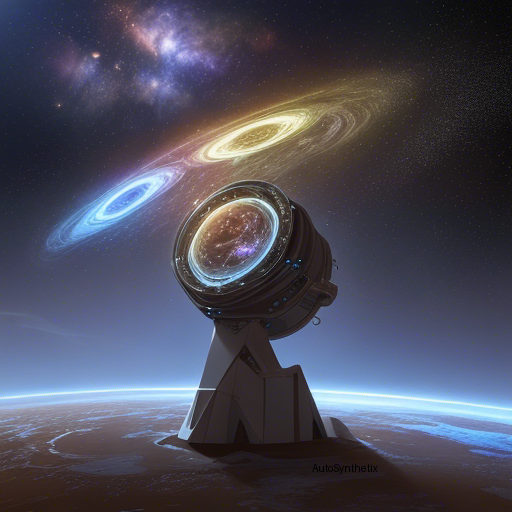Introduction
As technological advancements continue propelling humankind into new frontiers, the demand for resilient, efficient, and intelligent solutions skyrockets – particularly within the realm of space exploration. This dynamic landscape necessitates innovative strategies tackling the myriad complexities associated with maintaining operational satellites amidst challenging environmental factors. One groundbreaking development comes from researchers at the forefront of artificial intelligence (AI)-driven diagnostics, who propose a revolutionary solution for detecting faults in critical satellite components – specifically, electrical power systems (EPS).
Enter 'Physics-Informed Real NVP': Unlocking New Horizons in Spacecraft Maintenance
A team led by Carlo Cena, Umberto Albertin, Mauro Martini, Silvia Bucci, and Marcello Chiaberge delves deeply into the intricate world of space EPS fault diagnosis. Their research revolves around implementing a novel technique called "physics-informed Real Non-Volume Preserving Neural Network" (shortened hereafter to PI Real NVP) to bolster traditional monitoring mechanisms. By leveraging the powerful capabilities of machine learning algorithms, they aim to enhance the overall dependability of these vital systems while safeguarding costly assets orbiting Earth or venturing deeper into the cosmos.
Conquering Challengers Through Innovation
To assess the effectiveness of the proposed strategy, the scientists meticulously compare PI Real NVP's outcomes with those generated via alternative AI frameworks, including Gated Recurrent Unit (GRU) architectures and autoencoders. Employing NASA's Advanced Diagnostics and Prognostics Testbed (ADAPT) dataset, a simulated EPS scenario designed under controlled lab settings, allows for systematic analysis across different diagnostic paradigms. Strikingly, their findings reveal a significant improvement in identifying potential failures using the PI Real NVP over conventional counterparts.
Paving the Way Towards Robust, Reliable Spacesystems
This cutting-edge work not merely revolutionizes how we perceive fault management in satellite operations but also underscores the pivotal role played by physics-infused AI losses within broader space endeavors. As the name suggests, incorporating physical principles into neural network training fosters more accurate predictions, ultimately ensuring greater dependability during resource-intensive interplanetary voyages where downtime equates disaster. Moreover, adopting such practices instills higher degrees of robustness, further fortifying the backbone upon which modern civilization relies heavily.
Conclusion
With every leap forward in scientific discovery, humanity unlocks previously inconceivable possibilities. As demonstrated by Cena et al.'s pioneering efforts in harnessing AI's full potential towards enhancing satellite maintenance standards, tomorrow's achievements will undoubtedly redefine today's boundaries. Amidst the vast expanses of outer space lies a universe ripe with opportunities waiting to be explored; armed with advanced tools like the PI Real NVP, we stride confidently toward a future marked by ingenuity, collaboration, and progress.
Source arXiv: http://arxiv.org/abs/2405.17339v1
